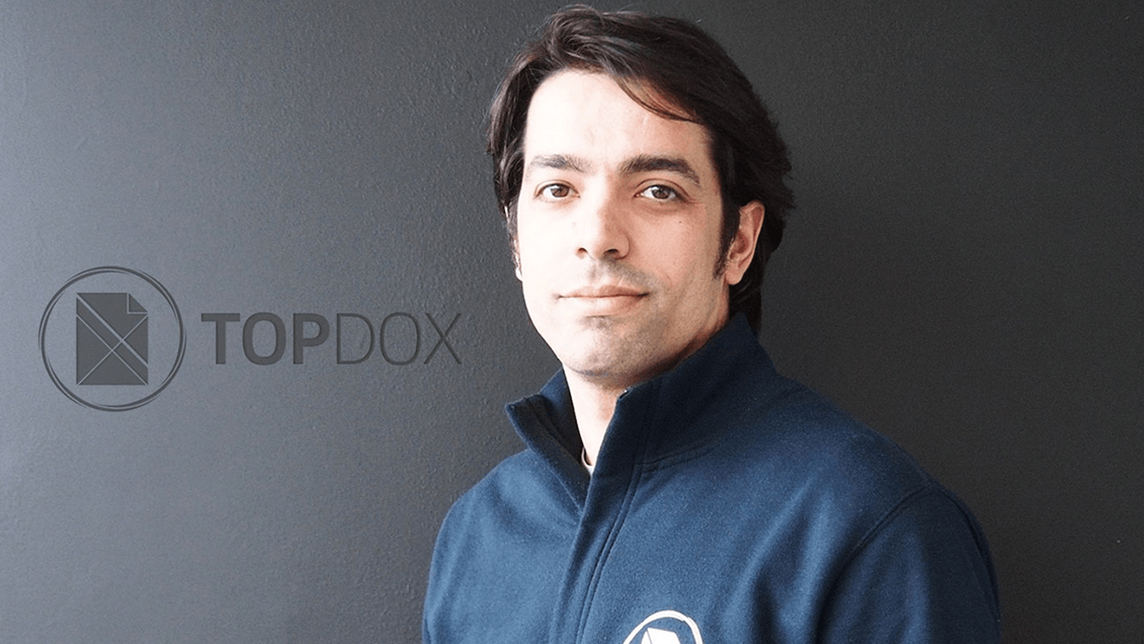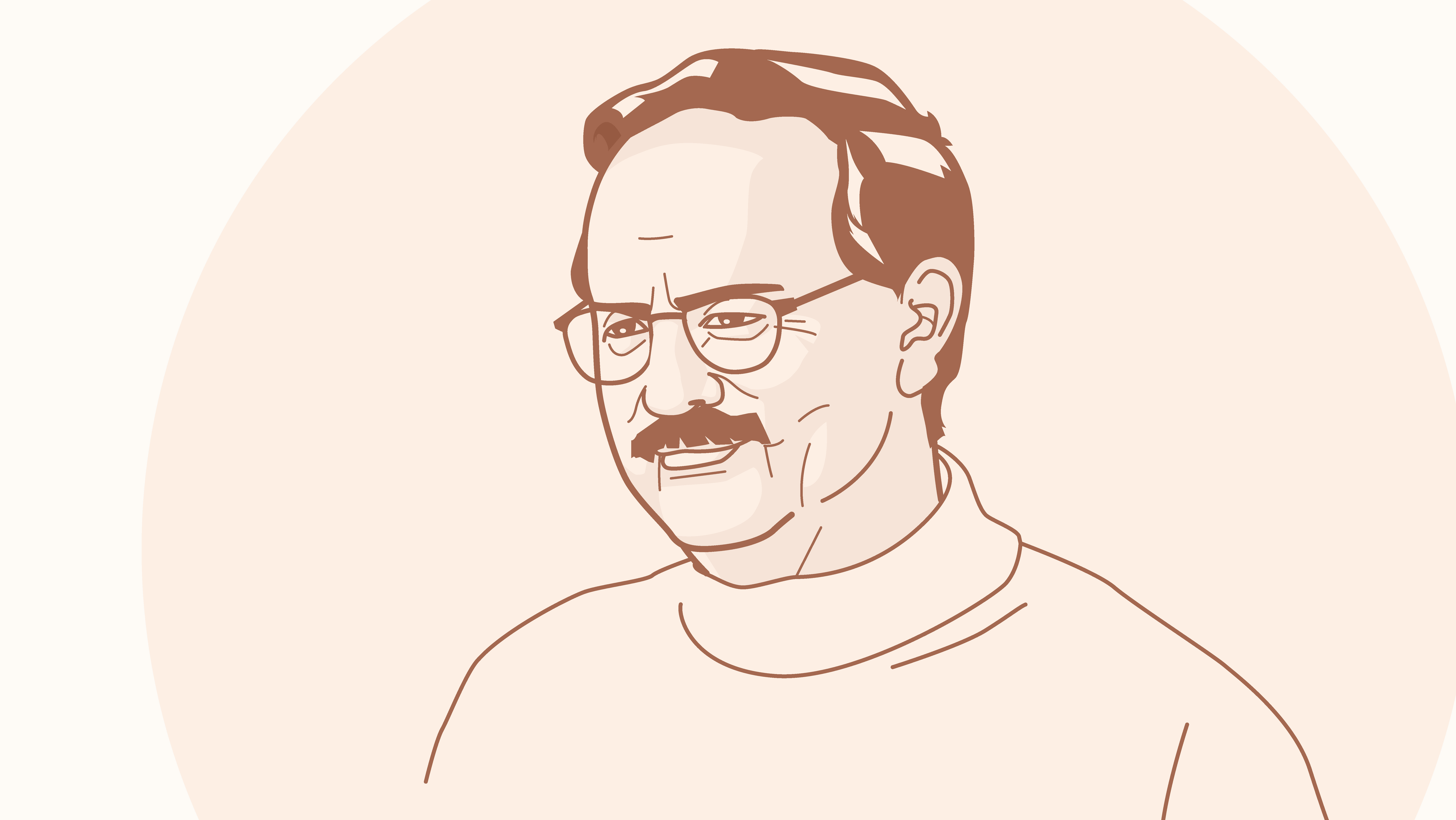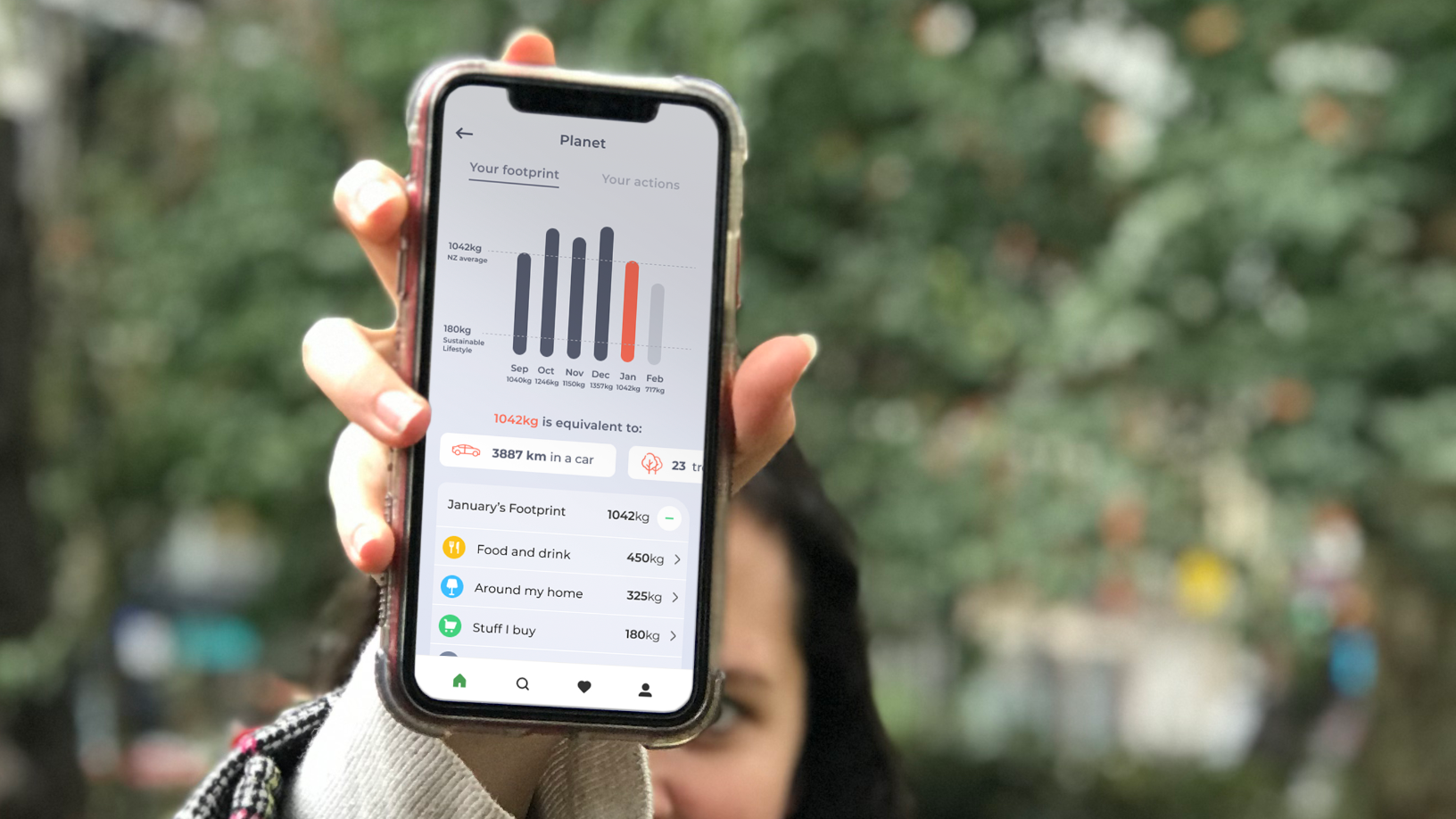When Nelson Pereira was creating a software where people could share and collaborate on documents regardless of their format, cloud or device, some answers seemed obvious enough.
It was 2014 and the world was smack bang in a smartphone explosion. Surely, Pereira thought, launching the software as a mobile app was the way to go, and winning users – millions of them – would be the best gauge of the product’s success.
Three years on, TOPDOX, the startup that Pereira co-founded, has turned its technology into a software as a service (SaaS) for corporate clients, who are in fact computer users. Many of these large enterprises haven’t yet moved their IT systems to the cloud, so TOPDOX is tweaking its technology to make sure it also runs on premise, on the companies’ physical servers. And instead of counting its users by millions, it is currently working with about 70 companies.
Sounds like a regression? Not at all. In fact, thanks to this business-model pivot, the startup is now looking to break even by the end of this year. Not bad for a company that relaunched its product in the B2B market only two months ago, and runs with a team of just five, namely the two co-founders, Pereira and Miguel Jesus, and three developers.
“The last two and a half years have been an amazing adventure of learning, with successes, with failures,” Pereira, who is also CEO of Porto-based TOPDOX, told CompassList.
“We got half a million registered users in just 10 months,” he said. “But we failed to scale, so we needed to build a more sustainable business model.
“We started to learn that while mobile is exploding, for the type of work or productivity that we are trying to build, it’s too early on mobile.”
The Atlassian boost
Mobile user acquisition had also gotten “very expensive”, costing about US$2–3 per user. While that figure could be lowered by investing aggressively on user acquisition, i.e., spending millions of dollars, TOPDOX didn’t have that kind of cash. By the first half of 2016, it had found its growth capped at 3,000 to 4,000 new users a month.
“So we pivoted to B2B and spent about six to eight months building the changes that we needed for the product to be more company-compliant,” Pereira said. “The core technology is exactly the same, but the experience of the user is different; and we added things that are related to companies and IT departments, like permissions.”
A hackathon in Amsterdam in March 2016 opened doors to enterprise software giant Atlassian, whose popular collaboration software Confluence and HipChat Pereira and his team went on to successfully integrate with TOPDOX.
“We saw in them [Atlassian] a big opportunity as a go-to-market partner, because by ourselves, we didn’t have a sales team, we are a small startup… we were struggling to get companies to test the product,” recalled Pereira.
TOPDOX as a SaaS was launched in partnership with Atlassian, in the latter’s ecosystem made up of thousands of companies, including many of the world’s biggest brands – BMW, Facebook, Dropbox and Nike, for example. Currently TOPDOX lists Siemens, Toyota, Merck and ExxonMobil as some of its corporate users.
As for the TOPDOX mobile app for consumers, it is now mostly used by freelance professionals and small entrepreneurs. The app can be used on Android, iOS, Mac and Windows. But it is no longer offered for free, “because we want users to pay for it; otherwise, they would be just an expense for our servers”. A monthly subscription costs US$2.99. For companies, TOPDOX charges US$5.99 per user per month; separately, it also offers API access and customization.
And until their new business model proves sustainable (“grow monthly”) and “validated” – which Pereira targets by the end of this year – TOPDOX won’t be looking to raise more financing. The startup received €1 million in seed funding from Portugal Ventures and 2bpartner in 2015.
“Now [our focus] is to optimize the business model, the onboarding, the customer journey, the customer acquisition and retention,” he said.
“Then, we’ll go out for fundraising because we want to scale the model. How to scale? That’s the answer I want to have by the time I go fundraising.”













